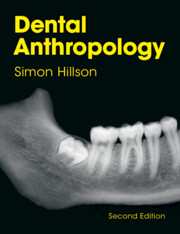Broad cultural similarities are apparent between Neolithic sites across the Middle Nile Valley, yet local variation may also be witnessed. The dearth of well-preserved skeletal assemblages in this region means that biological connections between populations, and thus potential modes for the transmission of material culture, are not well understood. Here, the authors compare dental morphological traits in five Neolithic cemeteries (c. 5600–3800 BC) and 14 time-successive sites to explore biological relatedness along the Middle Nile Valley. Their findings parallel the artefactual evidence, suggesting that the spread of the Nubian Neolithic may have been as nuanced as the populations who practised it.
